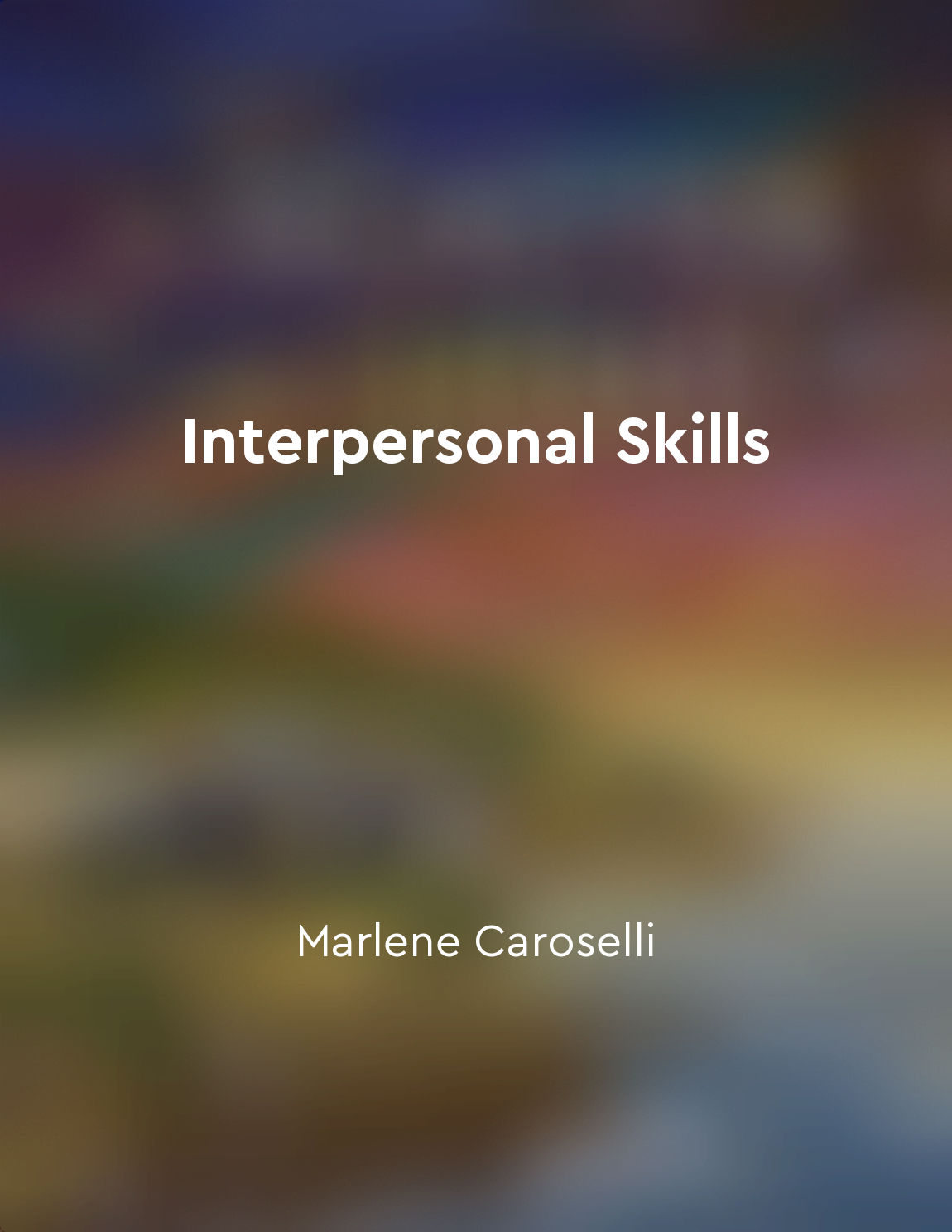Promote inclusive teaching practices from "summary" of Culturally Responsive Teaching by Geneva Gay
Promoting inclusive teaching practices involves creating learning environments where all students feel valued, respected, and supported. This means recognizing and embracing the diverse backgrounds, experiences, and perspectives that students bring to the classroom. Inclusive teaching is not just about accommodating differences; it is about leveraging those differences to enhance the learning experience for all. To promote inclusivity in teaching, educators must first acknowledge their own biases and assumptions. This requires a willingness to engage in self-reflection and ongoing learning about cultural diversity. By examining their own beliefs and attitudes, teachers can better understand how their perspectives may influence their interactions with students. This self-awareness is crucial for creating a classroom environment that is welcoming and affirming for all learners. Inclusive teaching also involves adapting instructional strategies to meet the needs of diverse learners. This may include incorporating culturally relevant materials, incorporating multiple perspectives into the curriculum, and providing opportunities for students to share their own experiences and knowledge. By embracing a variety of teaching methods and approaches, educators can ensure that all students have the opportunity to succeed. Furthermore, promoting inclusivity in teaching requires a commitment to equity and social justice. Educators must be willing to challenge systems of oppression and advocate for the rights of marginalized groups. This may involve addressing issues of power and privilege in the classroom, as well as advocating for policies and practices that promote equity and diversity in education. Inclusive teaching is not a one-size-fits-all approach; it is a continuous process of reflection, adaptation, and growth. By promoting inclusivity in teaching practices, educators can create learning environments that celebrate diversity, foster empathy and understanding, and empower all students to reach their full potential.Similar Posts
Recognize intersectionality
Recognizing intersectionality involves acknowledging and understanding that individuals belong to diverse social groups that in...
Learning theories inform instructional design
Learning theories play a crucial role in shaping instructional design. The theories provide valuable insights into how students...

Identity development is a continuous process
Identity development is a continuous process. It is not something that happens overnight or in a vacuum. Instead, it is a journ...
Develop empathy and understanding
To cultivate empathy and understanding in the classroom, teachers must first acknowledge and appreciate the diverse backgrounds...
Promote student identity
Incorporating and valuing students’ identities is a crucial aspect of culturally responsive teaching. This means recognizing an...
Understand students' backgrounds
To effectively engage in culturally responsive teaching, educators must take the time to gain a deep understanding of their stu...

Respecting diversity promotes inclusive environments
Diversity is all around us. It is the varied backgrounds, experiences, and perspectives that make each individual unique. In to...
Help students develop a love of writing
To foster a genuine passion for writing in students, it is essential to provide them with opportunities to explore their own th...
